Fracking: Understanding Its Benefits, Drawbacks, and Future Potential
Written on
Chapter 1: Introduction to Fracking
Fracking has become a prominent topic in discussions about energy, climate change, emissions, and local as well as global politics. Despite the numerous myths and inaccuracies surrounding it, the reality is that fracking provides a clean, plentiful, and reliable source of energy. In recent decades, the use of fracking and natural gas has significantly contributed to reducing carbon dioxide emissions. However, it also poses certain challenges that warrant careful evaluation. This article will delve into the positives, negatives, and necessary context regarding fracking.
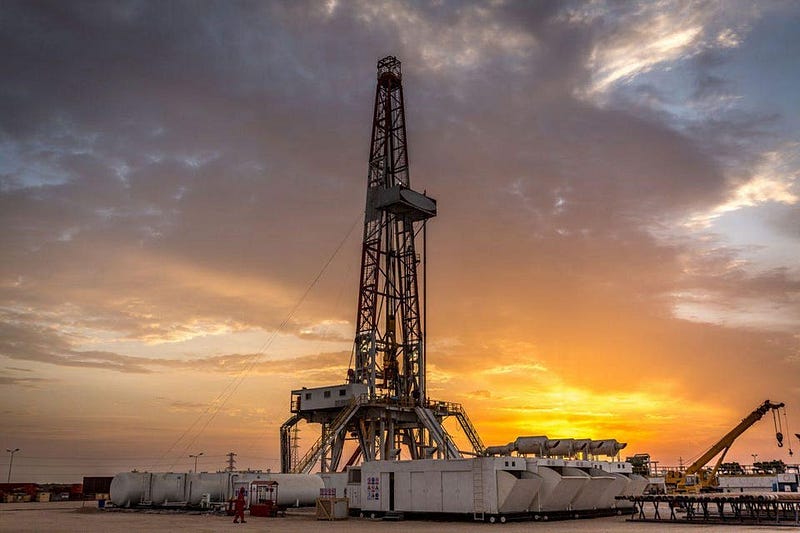
What is Fracking?
Fracking, short for hydraulic fracturing, refers to a technique used to extract natural gas and oil from deep geological formations. This method involves injecting a highly pressurized mixture of water, sand, and various chemicals into a well, creating fractures in the surrounding rock that allow trapped hydrocarbons to be released.
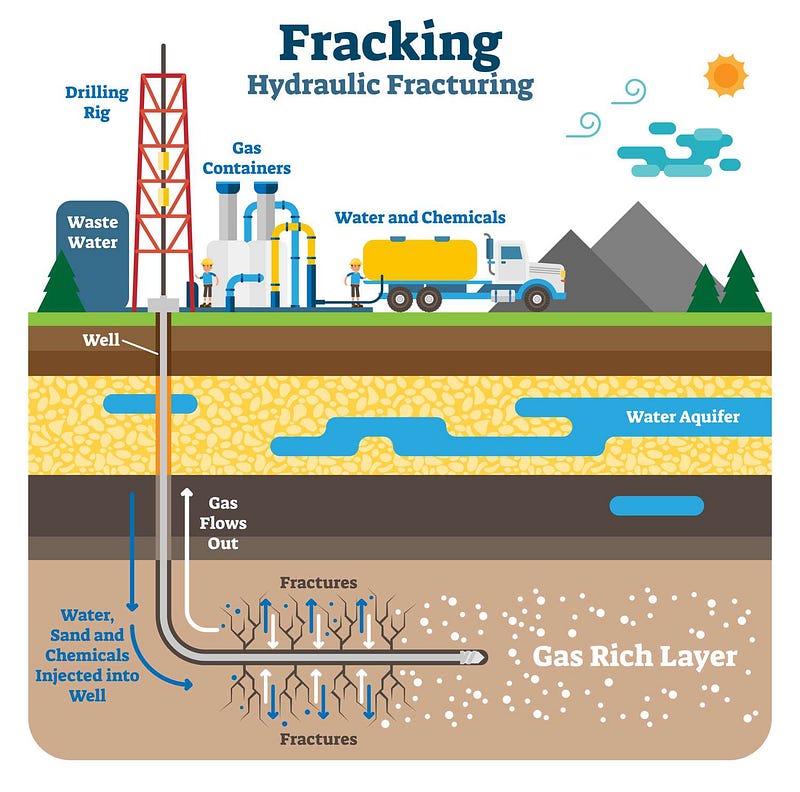
The fracking process begins with drilling a vertical well thousands of feet deep into the Earth's crust. Upon reaching the desired depth, the drill is turned horizontally to access a broader area of the reservoir. The well is then lined with steel casing to prevent any fluid or gas leaks.
Next, a fracturing fluid is introduced into the well at extremely high pressure. While predominantly composed of water, this fluid also contains various chemicals and proppants, such as sand or ceramic particles. The immense pressure fractures the rock, and the proppants keep these fractures open, facilitating the flow of gas or oil.
The fractures formed during the fracking process create pathways for the trapped hydrocarbons to move toward the wellbore. The resulting mixture of oil or gas, water, and other fluids is subsequently extracted for further refinement and processing.
Benefits of Fracking
Fracking has unlocked access to previously inaccessible reserves of natural gas and oil. This surge in production has allowed nations to lessen their reliance on imported energy, enhancing energy security. Greater energy independence fortifies national security and diminishes susceptibility to geopolitical tensions and fluctuations in global energy markets. Additionally, the increase in supply has contributed to lower energy prices, benefiting both consumers and industries alike.
The fracking sector has also generated numerous job opportunities across various fields, including drilling, engineering, and construction, positively impacting local economies. Moreover, fracking activities yield substantial revenue for governments through taxes, royalties, and lease payments.
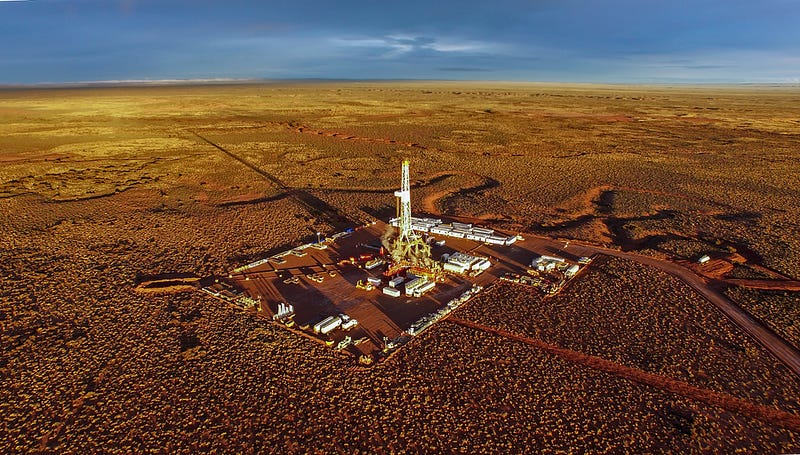
Advancements in fracking technology have spurred innovation in drilling methods, well completion strategies, and reservoir management. These advancements may enhance efficiency and sustainability within the energy sector. Additionally, insights gained from fracking operations can be applied to other industries.
The Challenges of Fracking
Despite its advantages, fracking raises significant environmental concerns. The process necessitates large volumes of water mixed with chemicals, potentially contaminating groundwater and surface water sources. Instances of leaks, spills, and improper disposal of fracking fluids have resulted in harmful pollutants entering the environment. Furthermore, fracking has been linked to the risk of induced seismic activity, including minor earthquakes, though further research is essential in this area.
Fracking also consumes considerable amounts of water, which can strain local water supplies, particularly in arid regions. This can adversely affect agriculture, ecosystems, and communities dependent on water resources for drinking and irrigation.
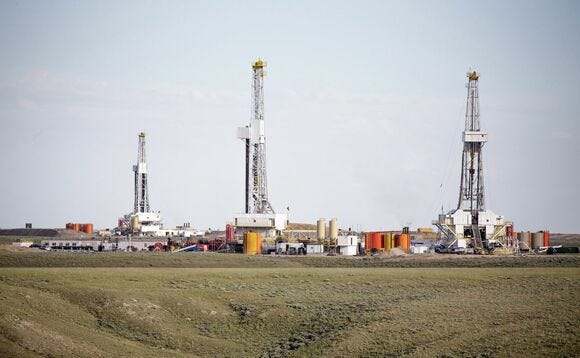
Emission Reduction Through Fracking
Natural gas power plants emit approximately 50% less CO2 per unit of electricity produced compared to coal-fired plants. As a cleaner alternative to coal, natural gas power plants also address the intermittency issues associated with renewable energy sources like wind and solar. The transition from coal to natural gas has led to significant reductions in global CO2 emissions.
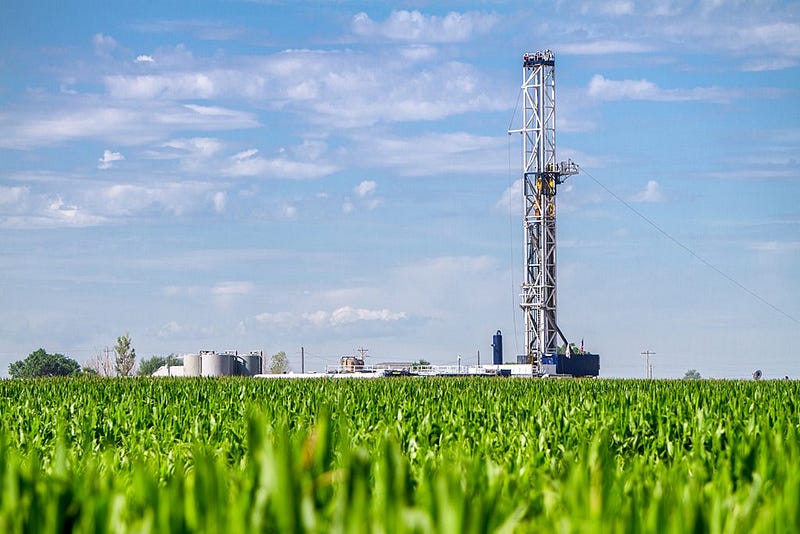
In the United States, fracking has been instrumental in decreasing carbon emissions by approximately 400 to 500 million tons. In contrast, the EU's Kyoto Protocol impact was around 250 million tons. Data from the Global Carbon Atlas indicates that China's coal consumption resulted in about 10.06 gigatonnes (Gt) of CO2 emissions in 2019. A transition from coal to natural gas, with fracking playing a key role, could lead to a staggering reduction of around 5 Gt in CO2 emissions.
Looking Ahead: The Future of Fracking
Overall, the benefits of fracking appear to outweigh the drawbacks. It presents an affordable and cleaner alternative to coal and other fossil fuels. While acknowledging its challenges, many of which can be addressed through innovation and sensible regulations, fracking holds significant promise for those invested in climate action, poverty alleviation, and affordable energy access. It’s essential that we recognize and support its potential for a sustainable future.
In the video "Hey Bill Nye, 'Are You For or Against Fracking?' | Big Think," Bill Nye discusses the implications of fracking on our environment and energy policies.
The second video, "Fracking is Dangerous: The High Cost of Cheap Gas | ENDEVR Documentary," explores the environmental and social costs associated with fracking practices.